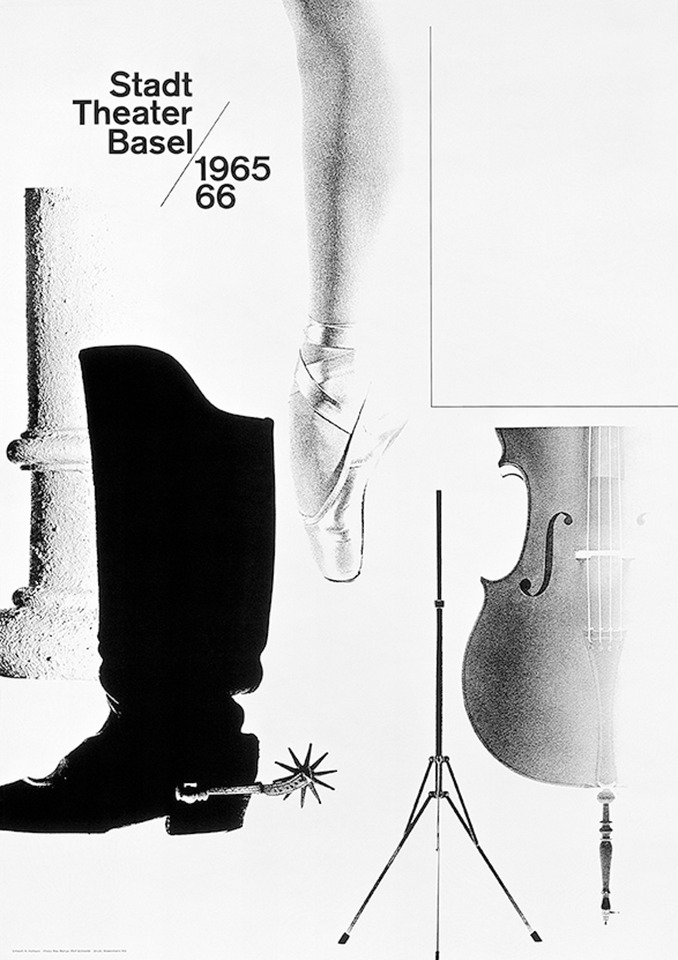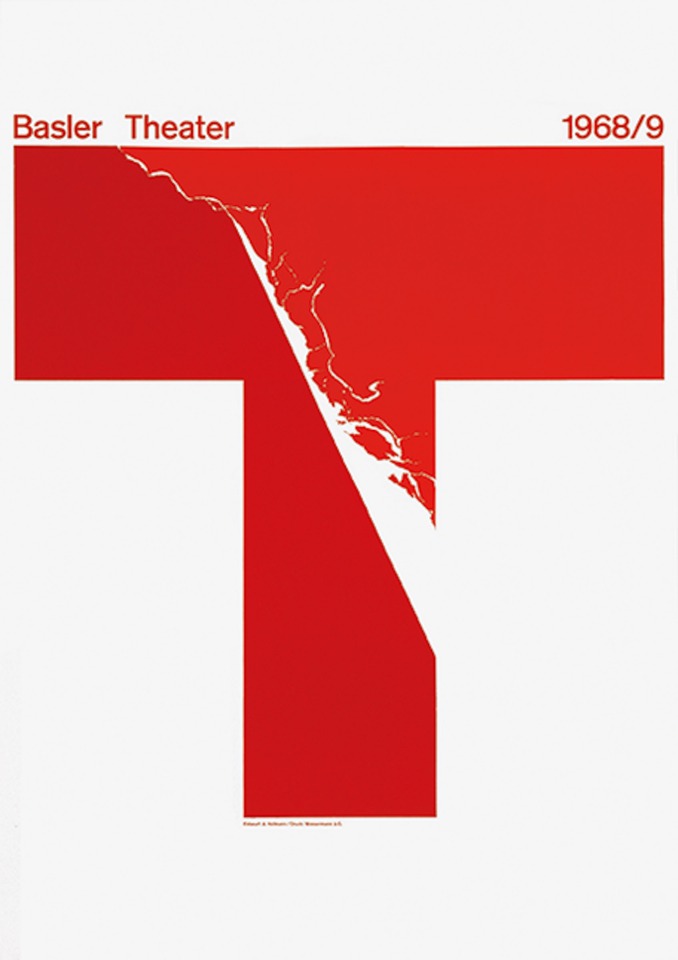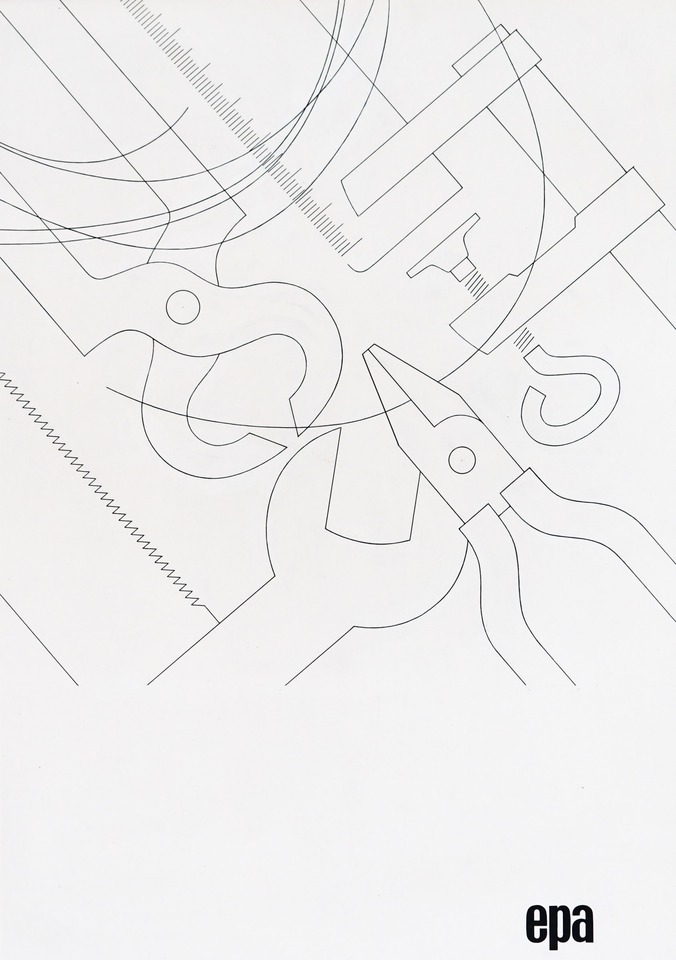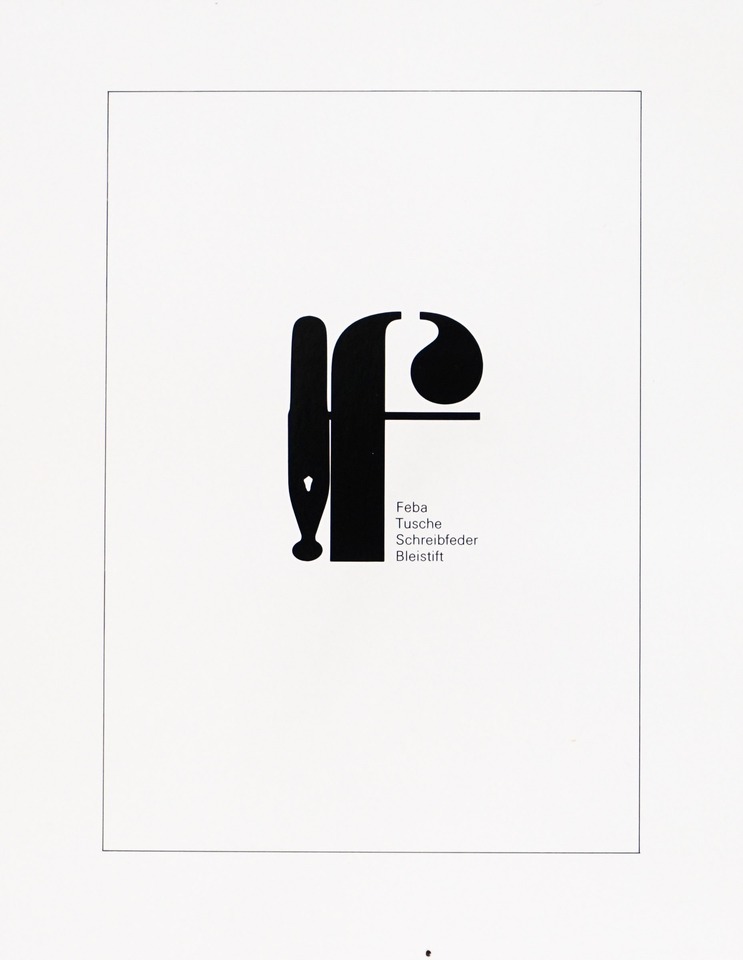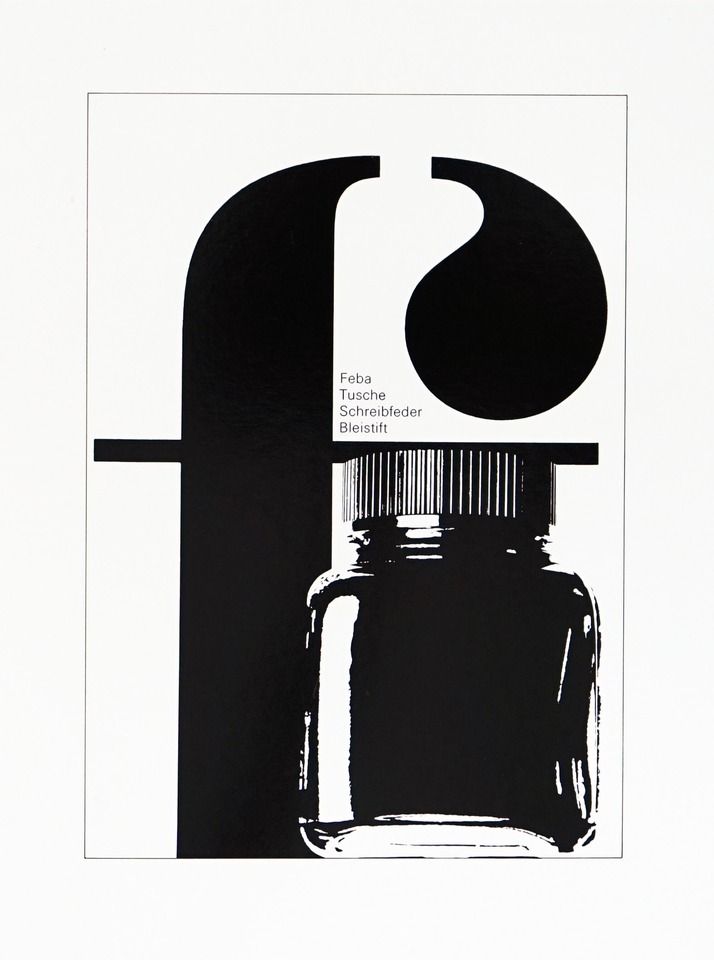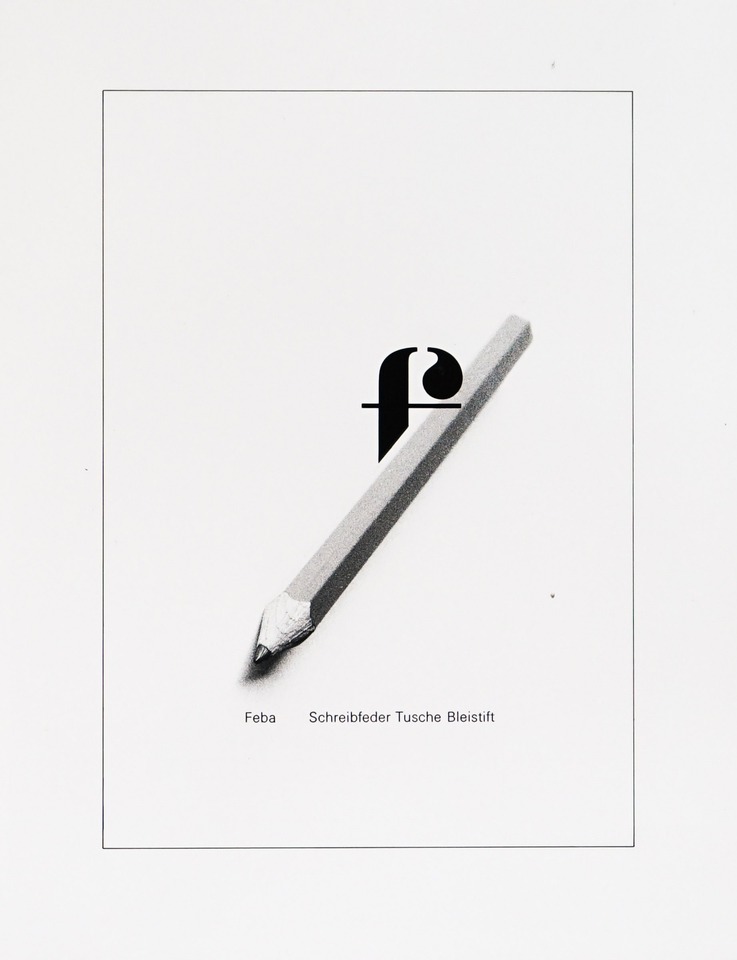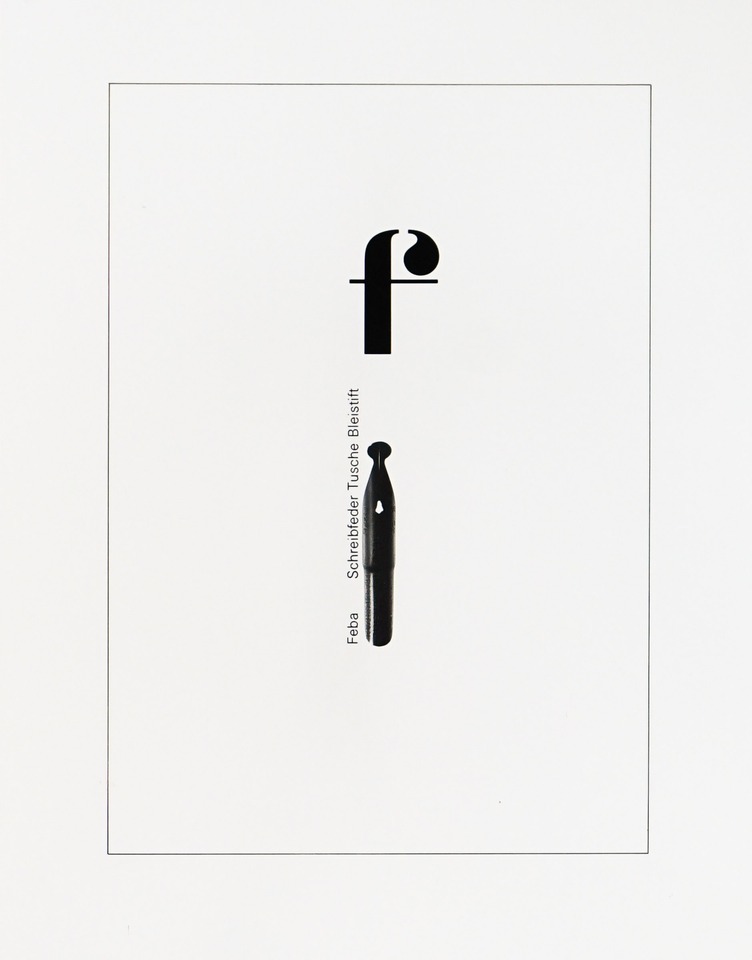‘What is right is automatically beautiful’
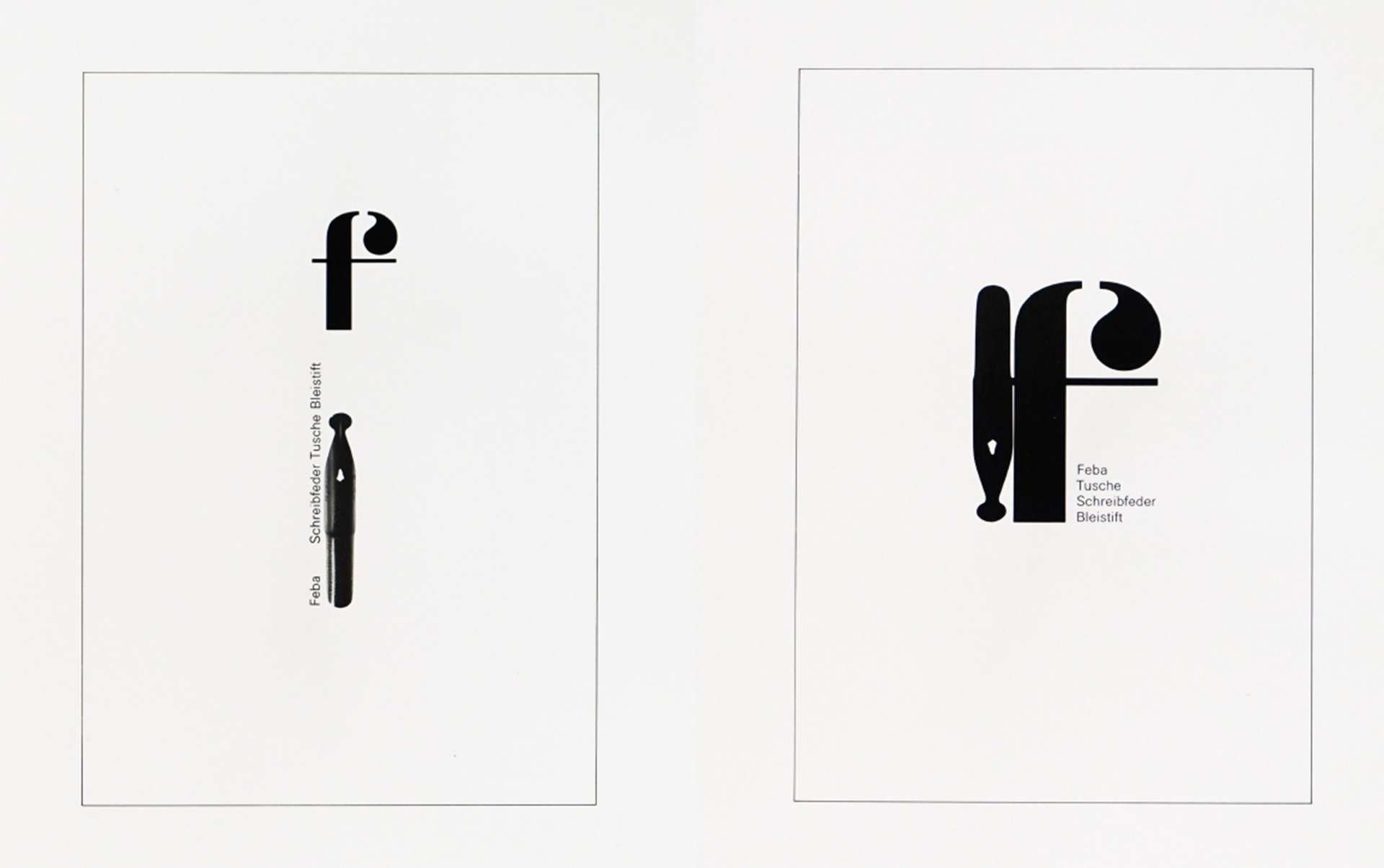
Miklos von Bartha, our co-founder, discusses the enduring influence of Armin Hofmann – his teacher, and an extraordinary graphic designer
by
Miklos & Margareta von Bartha
An enduring influence
Armin Hofmann started his career as a teacher and later as Head of Graphic Design at the Kunstgewerbeschule Basel (now the Schule für Gestaltung, or ‘School of Design Basel’) – a post he took up aged just 27, in 1947. Alongside teaching, he also made a name for himself as a designer of posters for the Basel Theatre; some of his most famous creations were posters promoting the ballet.
Hofmann was a seminal teacher for many Swiss and international students. One of his earliest students from the US was Barbara (Bobbie) Stauffacher Solomon (in the 1950s). She was followed by several young design students from Yale university, where Hofmann later taught in addition to his role in Basel. For many who studied under him, Hofmann’s influence was enduring – impacting, not just their careers, but how they perceived the world. I am personally grateful for the years I could enjoy his support and the motivation he bestowed. – Margareta von Bartha
‘What is right is automatically beautiful’
Anyone fortunate enough to have been taught by Armin Hofmann knows the difference between a teacher and a teacher.
Fifteen years after Bobbie Solomon, there was a tremendously buoyant atmosphere at the Kunstgewerbeschule Basel. It was common for students from all over the world to make a pilgrimage to Basel in order to enrich their knowledge and hone their skills with Hofmann.
I myself had the enormous privilege of being one of the few students in the graphic design course (there were only between seven and 10 students each year), which meant Armin Hofmann was my teacher for a full four years.
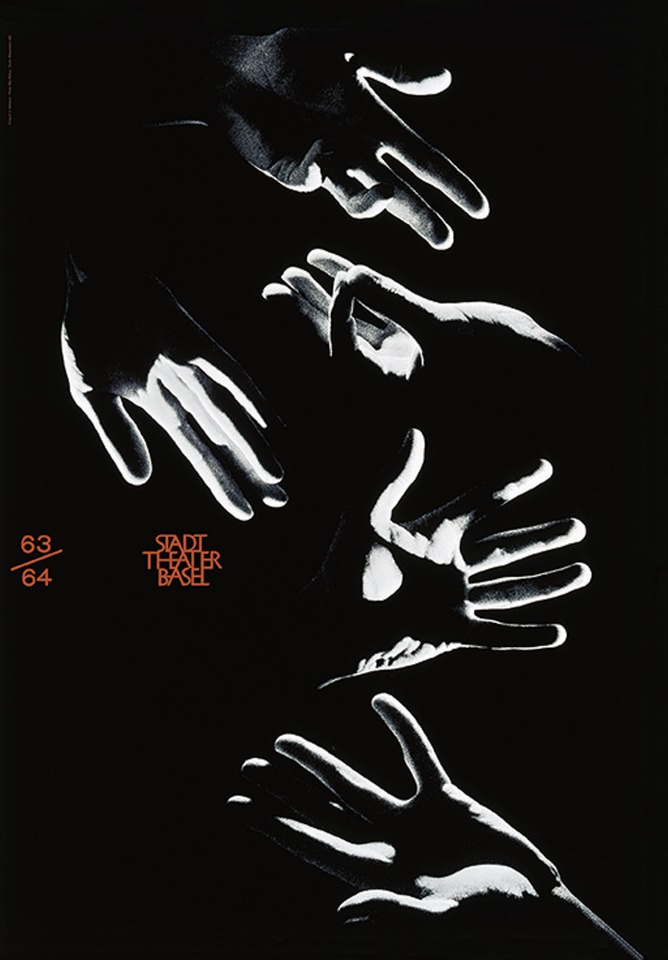
Armin Hofmann Poster for Stadttheater Basel, Season 1963/64
Photolithography
© Matthias Hofmann
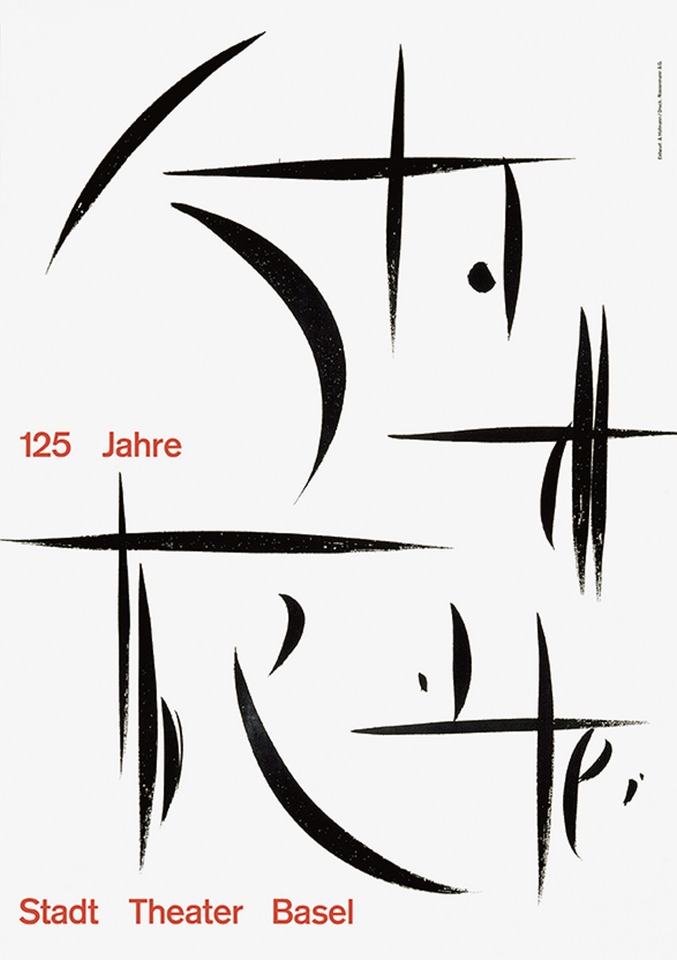
Armin Hofmann Poster for 125 Years Stadttheater Basel
Photolithography, 1958
© Matthias Hofmann
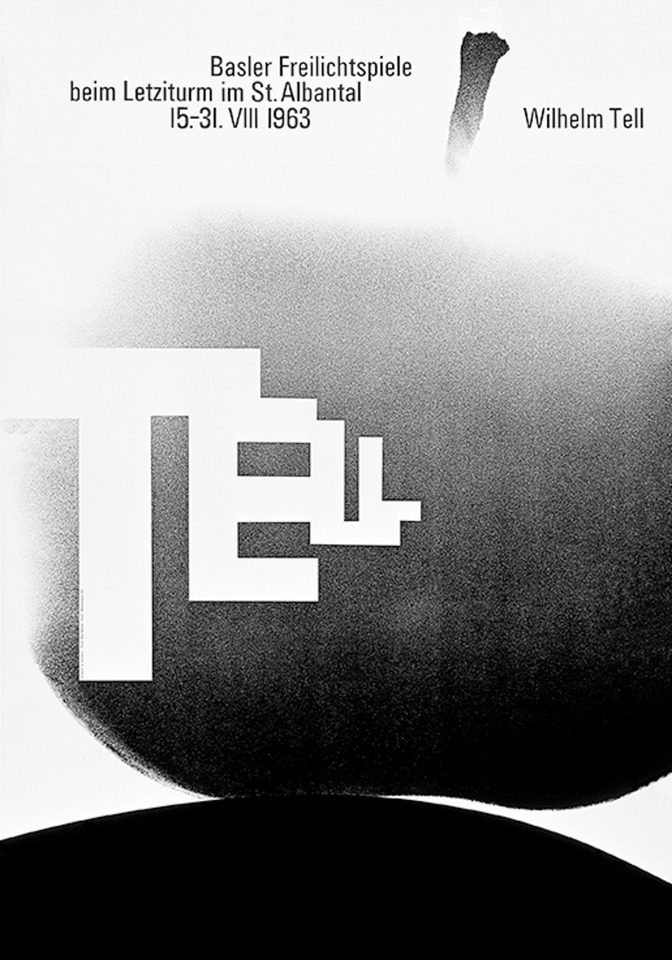
Armin Hofmann Poster for Wilhelm Tell
Open Air Events Basel, Photolithography, 1963
© Matthias Hofmann
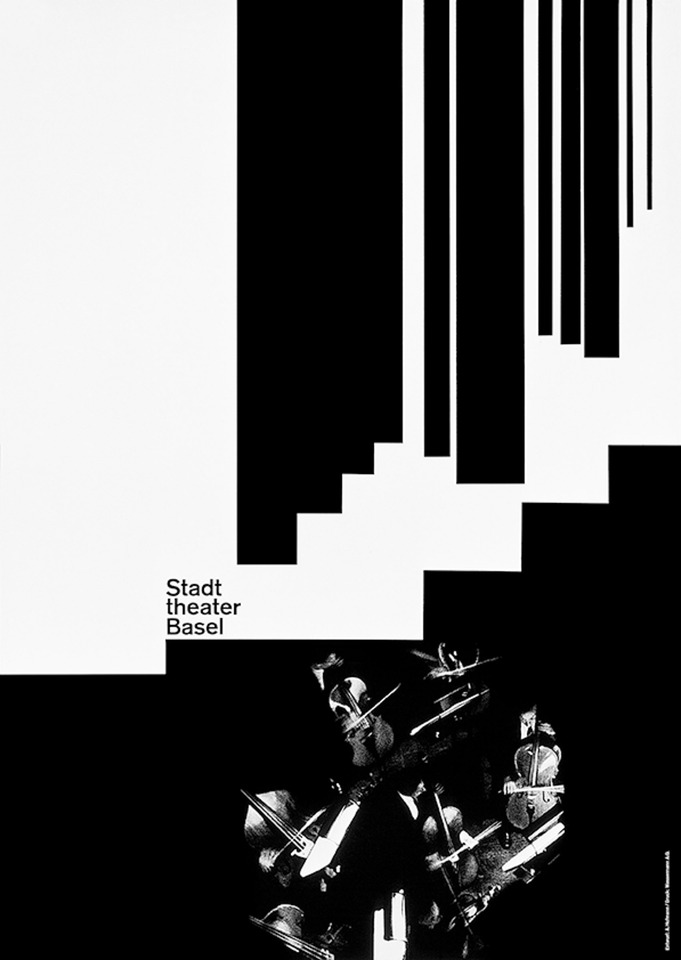
Armin Hofmann Poster for Stadttheater Basel, Season 1962/63
Photolithography
© Matthias Hofmann
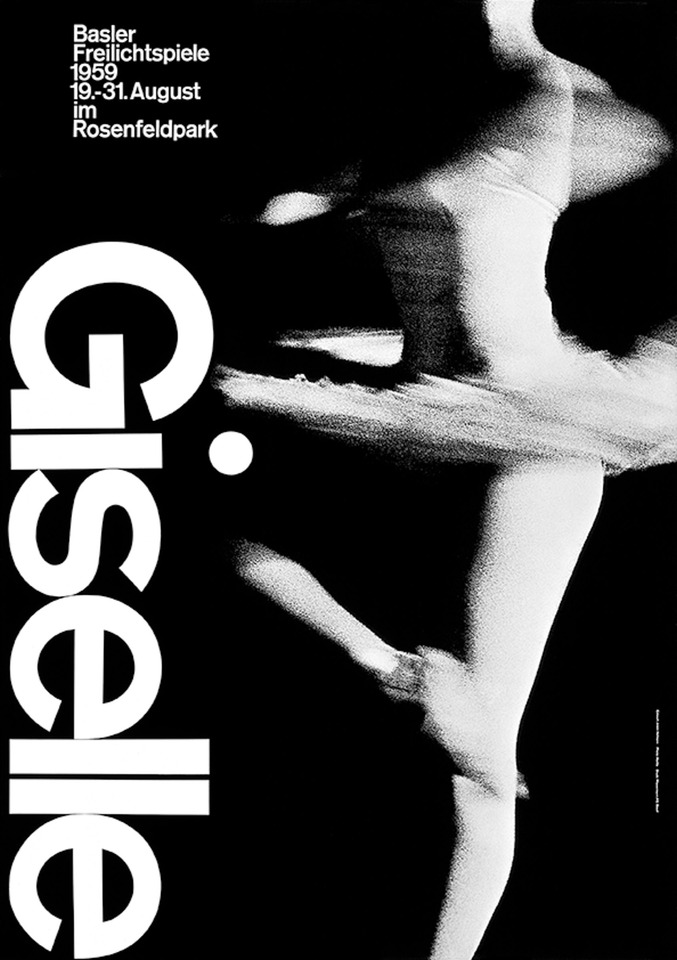
Armin Hofmann Poster for Giselle
Open Air Events Basel, Photolithography, 1959
© Matthias Hofmann
With Hofmann, who taught us one day a week, you could learn more in a single morning than you might from a number of other, exceedingly nice teachers in four years. But Hofmann and Max Mathys were an outstanding combination. Mathys, a former Hofmann student himself, had focused completely on photography and contributed to most, if not all, of Hofmann’s photographic posters. He was a quiet man who knew everything about photography, but you practically had to pull anything you wanted to know or learn out of him with a pair of pliers.
Armin Hofmann taught us not only to create beautiful posters or works, he also taught us to see the difference between right and wrong, between good and bad. What is right is automatically beautiful, he always said. It wasn’t so much the end result of our work that was important to him, but the weeks and often months it took us to get there. In fact, everything had its correctness, its rightness; products of chance and solutions based purely on taste had no place in his classroom.
Discovering Concrete and Constructivist art
Hofmann was less interested in training commercial graphic designers, as he himself had a rather ambivalent relationship to advertising. It was an attitude that suited me, since I was only interested in commercial graphic design as a way of making money.
Only a few of his students made a name for themselves as graphic designers; the majority went on to work in a variety of other creative professions, becoming cameramen, filmmakers, designers, puppet-makers, and art collectors, including Aldo Codoni, who assembled a museum collection of Ticino folk art—from the simplest utensils to artworks. Other former Hofmann students include the late Karl Gerstner, one of the world’s great typographers.
My ability to judge the quality of a Constructivist painting today owes everything to the fact that I had the great fortune to attend Hofmann’s classes, to benefit from his teaching.
I later learned the distinction between avant-garde and subsequent imitation from Carl László, who had extensive knowledge of the Eastern European and especially Hungarian avant-garde. It is thanks to these two individuals that the gallery has endured for 50 years and can boast unparalleled expertise in Concrete/Constructivist art.
Miklos von Bartha
Header and images below: Graphic design studies for a stationery shop ‘Feba’ by Miklos von Bartha, during his years at Kunstgewerbeschule Basel, around 1968/69,
Photo montage, copied on cardboard
27 x 21 cm each
